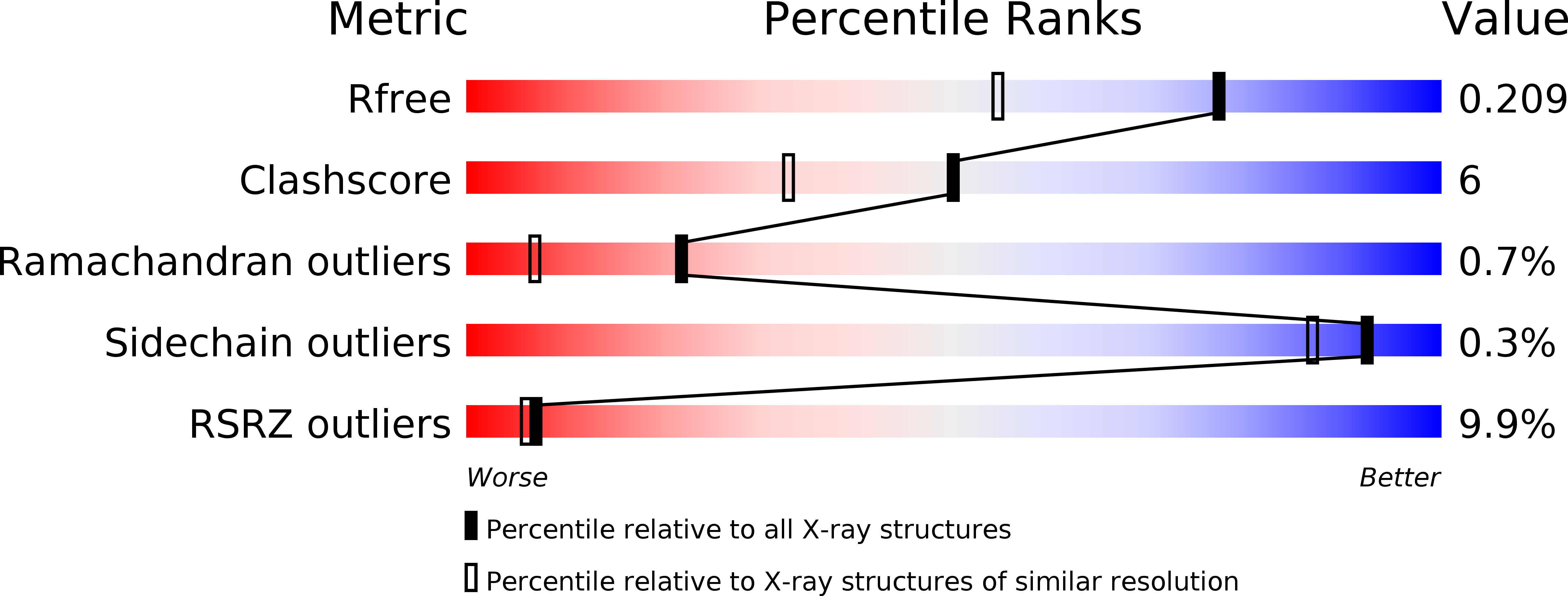
Deposition Date
2011-02-26
Release Date
2012-02-08
Last Version Date
2024-10-16
Entry Detail
PDB ID:
3QW6
Keywords:
Title:
Crystal structure of the protease domain of Botulinum Neurotoxin Serotype A with a peptide inhibitor RYGC
Biological Source:
Source Organism:
Clostridium botulinum (Taxon ID: 441771)
Host Organism:
Method Details:
Experimental Method:
Resolution:
1.60 Å
R-Value Free:
0.22
R-Value Work:
0.20
R-Value Observed:
0.20
Space Group:
P 1 21 1


